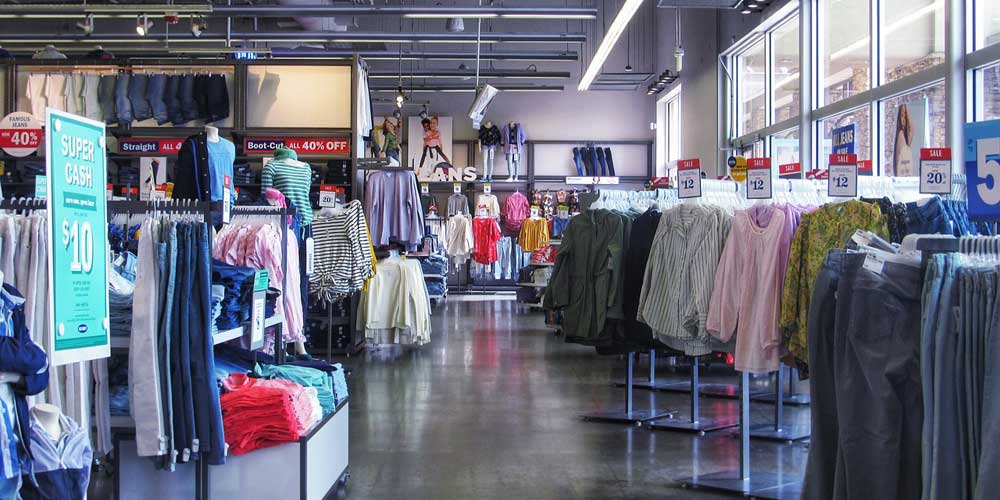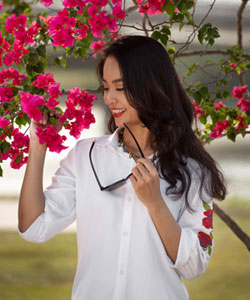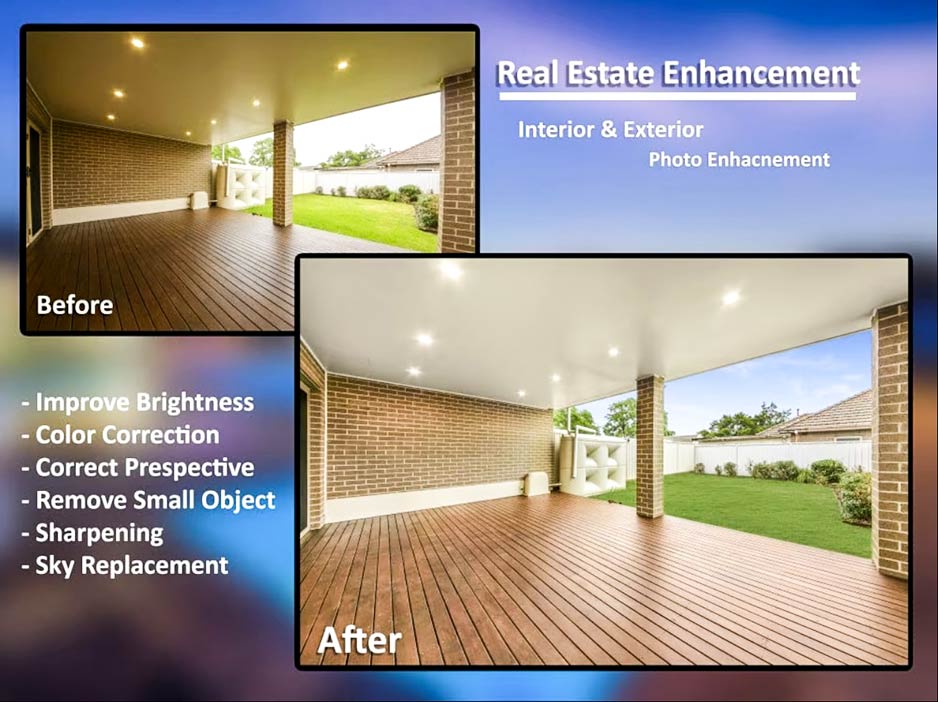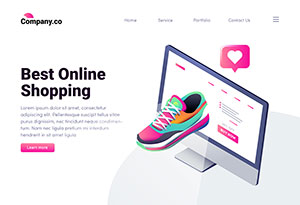
In the competitive world of e-commerce, high-quality product imagery is essential for capturing customer attention and driving sales. Among the most effective techniques for showcasing apparel is ghost mannequin photography. This method creates a clean, professional look by making the mannequin “disappear,” allowing the clothing to appear as if it’s being worn.
Whether you’re a fashion brand, an e-commerce store, or a professional photographer, mastering ghost mannequin photography can elevate your product presentations. In this article, we’ll explore actionable tips, best practices, and advanced techniques to help you achieve flawless apparel shots that convert.
What is Ghost Mannequin Photography?
Ghost mannequin photography, also known as invisible mannequin photography, is a technique used to display clothing in a three-dimensional form without showing the mannequin itself. This is achieved by photographing the garment from multiple angles and then editing the images to remove the mannequin, leaving only the clothing.
The result is a clean, professional look that highlights the fit, design, and details of the apparel. This technique is particularly popular for e-commerce because it allows customers to visualize how the clothing will look when worn.
Why Ghost Mannequin Photography is Essential for E-Commerce
High-quality product images are critical for online sales. According to studies, 75% of online shoppers rely on product photos when making purchasing decisions. Ghost mannequin photography offers several advantages:
- Showcases Fit and Shape: It highlights how the garment fits and drapes on a body.
- Focuses on Details: Zippers, buttons, stitching, and other design elements are clearly visible.
- Creates Consistency: A uniform look across your product catalog enhances brand professionalism.
- Boosts Conversions: Clear, detailed images reduce uncertainty and increase customer confidence.
By investing in ghost mannequin photography, you can create a seamless shopping experience that drives engagement and sales.
Essential Equipment for Ghost Mannequin Photography
To achieve professional results, you’ll need the right tools. Here’s a list of essential equipment:
- Mannequin: Choose a mannequin that matches your target audience’s body type. Adjustable mannequins are ideal for versatility.
- Camera: A DSLR or mirrorless camera with manual settings ensures high-quality images.
- Lighting: Softbox lights or diffusers help eliminate shadows and create even lighting.
- Backdrop: A neutral-colored backdrop (white or gray) ensures the focus remains on the clothing.
- Tripod: A sturdy tripod keeps your camera steady and ensures consistent framing.
- Editing Software: Adobe Photoshop or similar tools are necessary for removing the mannequin and refining the images.
Investing in quality equipment will pay off in the form of stunning, professional-grade images.
Step-by-Step Guide to Ghost Mannequin Photography
1. Prepare the Garment
Start by steaming or ironing the clothing to remove wrinkles. Ensure the garment fits the mannequin properly, adjusting pins or clips if necessary. Pay attention to collars, cuffs, and seams to ensure they lay flat.
2. Set Up Your Studio
Position your mannequin in the center of the backdrop. Arrange your lighting to eliminate harsh shadows and create even illumination. Use a tripod to keep your camera steady and maintain consistent angles.
3. Capture Multiple Angles
Take photos of the garment from the front, back, and sides. For a complete view, include close-ups of details like buttons, pockets, and stitching. Ensure each shot is well-lit and in focus.
4. Edit the Images
Using editing software, remove the mannequin by combining the front and back shots. Adjust brightness, contrast, and color balance to ensure the images look natural and consistent.
Advanced Tips for Perfect Ghost Mannequin Shots
Use a Mannequin with Removable Parts
Mannequins with detachable arms, necks, or torsos make it easier to photograph complex garments like jackets or dresses. This allows you to capture the interior lining and other hidden details.
Optimize Lighting for Different Fabrics
Different fabrics react differently to light. For example:
- Matte Fabrics: Use soft, diffused lighting to avoid harsh reflections.
- Shiny Fabrics: Position lights at an angle to minimize glare.
Experiment with lighting setups to find what works best for each material.
Maintain Consistent Sizing and Proportions
Ensure all your images are scaled uniformly. This creates a cohesive look across your product catalog and helps customers compare items more easily.
Highlight Unique Features
Use close-up shots to showcase unique design elements, such as embroidery, patterns, or textures. These details can set your products apart from competitors.
Common Mistakes to Avoid
Even experienced photographers can make mistakes when shooting ghost mannequin images. Here are some pitfalls to watch out for:
- Poor Lighting: Uneven or harsh lighting can create unflattering shadows and distort the garment’s appearance.
- Visible Pins or Clips: Ensure pins or clips used to adjust the garment are hidden or removed during editing.
- Inconsistent Editing: Variations in color or brightness between images can make your catalog look unprofessional.
- Over-Editing: Avoid excessive editing that makes the garment look unnatural or unrealistic.
By avoiding these mistakes, you can maintain the integrity and professionalism of your product images.
How to Optimize Ghost Mannequin Images for SEO
High-quality images are only part of the equation. To maximize their impact, you need to optimize them for search engines. Here’s how:
Use Descriptive File Names
Instead of generic names like “IMG_1234.jpg,” use descriptive file names that include your target keyword. For example, “men’s-blue-wool-blazer-ghost-mannequin.jpg.”
Add Alt Text
Alt text helps search engines understand the content of your images. Include your target keyword and a brief description, such as “Men’s blue wool blazer on ghost mannequin.”
Compress Images for Faster Loading
Large image files can slow down your website, negatively impacting user experience and SEO. Use tools like TinyPNG or JPEGmini to compress images without sacrificing quality.
Leverage Structured Data
Implement schema markup to help search engines display your images in rich results. This can increase visibility and click-through rates.
The Role of Ghost Mannequin Photography in Branding
Consistent, high-quality imagery is a cornerstone of strong branding. Ghost mannequin photography helps establish your brand as professional and trustworthy. It also reinforces your brand identity by presenting your products in a cohesive, visually appealing manner.
For example, luxury brands often use ghost mannequin photography to highlight the craftsmanship and premium quality of their garments. On the other hand, casual brands might focus on comfort and versatility.
By aligning your photography style with your brand values, you can create a powerful visual identity that resonates with your target audience.
Tools and Software for Editing Ghost Mannequin Images
Editing is a crucial step in ghost mannequin photography. Here are some tools and software options to consider:
- Adobe Photoshop: The industry standard for image editing, offering advanced features for removing mannequins and refining images.
- GIMP: A free, open-source alternative to Photoshop with robust editing capabilities.
- Pixelz: A specialized service for ghost mannequin editing, ideal for businesses with high-volume needs.
- Fotor: A user-friendly online editor with basic tools for quick edits.
Choose the tool that best fits your skill level and business needs.
Conclusion: Elevate Your Apparel Photography with Ghost Mannequin Techniques
Ghost mannequin photography is a powerful tool for showcasing apparel in a professional, visually appealing way. By following the tips and best practices outlined in this article, you can create flawless images that captivate customers and drive sales.
Remember, the key to success lies in attention to detail, from preparing the garment and setting up your studio to editing and optimizing the final images. With the right approach, ghost mannequin photography can become a cornerstone of your e-commerce strategy, helping you stand out in a competitive market.
Start implementing these techniques today, and watch as your product imagery transforms from ordinary to extraordinary.
How We Helped an E-commerce Brand Increase Sales by 35% with Professional Retouching
When it comes to e-commerce, first impressions are crucial. A shopper’s decision to click “Add…
How to Use Ghost Mannequin Photography to Showcase Your Apparel Products
Empowering Success TogetherHow to Use Ghost Mannequin Photography to Showcase Your Apparel ProductsWe provide comprehensive…
Spring Fashion 2025: The Hottest Colors to Wear
Empowering Success TogetherSpring Fashion 2025: The Hottest Colors to WearWe provide comprehensive solutions and support…
Real Estate Photo Remote Editing: The Ultimate Guide to Enhancing Property Images
Empowering Success TogetherReal Estate Photo Remote Editing: The Ultimate Guide to Enhancing Property ImagesWe provide…
DIY vs Professional Ecommerce Photo Editing: Which is Right for You?
Empowering Success TogetherDIY vs. Professional Ecommerce Photo Editing: Which is Right for You?We provide comprehensive…
The Best Impact of White Backgrounds on Ecommerce Product Photography
Empowering Success TogetherThe Best Impact of White Backgrounds on Ecommerce Product PhotographyWe provide comprehensive solutions…
LET’S COLLABORATE TO ENHANCE YOUR PHOTO
OUR ECOMMERCE PHOTO EDITING SERVICES READY FOR YOU!
Get the Awesome Quote!
One of the most important things is to pick the best professional ecommerce photo editing services company.
Quick Peek at Our Quality!
Every issue that arises will be explained in detail. It’s time to start planning your adventures with our ecommerce photo editing service.






